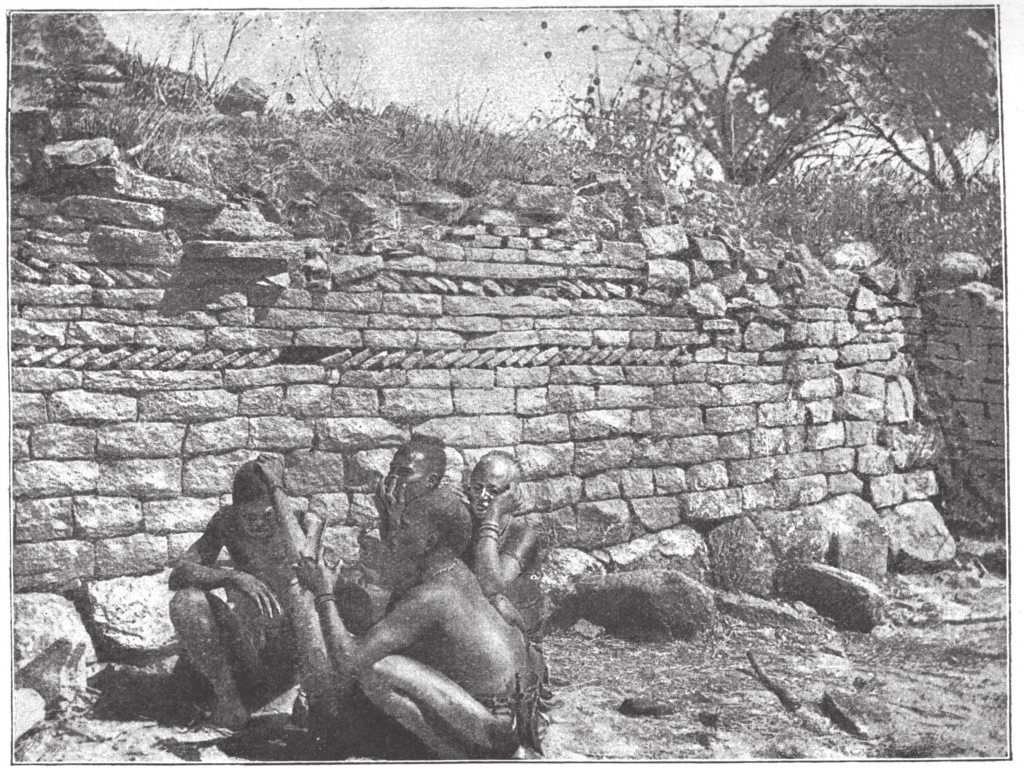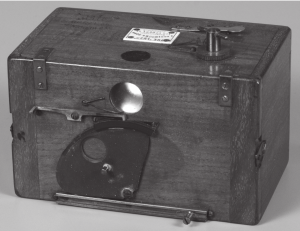
Enthusiasts of Mabel’s role as expedition photographer to Great Zimbabwe (1891) will be interested in the one-day seminar:
Photographs beyond Ruins – Women and Photography in Africa
To be held on 14 July 2017 at Senate House, London
Details at:
http://www.sas.ac.uk/events/event/7739
John Aldridge (publisher and photographer) and Neil Parsons (historian) will be presenting on: ‘The Photography of Mrs Mabel Bent at Great Zimbabwe, 1891’ at 1.00 pm.
Abstract:
Mabel Virginia Anna Bent (née Hall-Dare, born 28 January 1847) accompanied her husband James Theodore Bent as the expedition’s photographer on the pioneering first scholarly examination of the Great Zimbabwe ruins in 1891. Her skill as a photographer is evident in the numerous illustrations of The Ruined Cities of Mashonaland, Being a Record of Excavation and Exploration in 1891, published under her husband’s name by Longmans, Green & Co in 1892. The photographs include not only stone walling and artefacts but also some remarkable portraiture, notably that of ‘Umgabe and His Indunas’.
The Bents have been dismissed, possibly too lightly, as ‘antiquarians’ by later archaeologists, and the expedition was compromised by the backing and finance of Cecil Rhodes who sought proof of ancient Middle Eastern origins for Zimbabwe civilization. The paper will draw on the Bent Papers in the Royal Geographical Society, London, as well as The Ruined Cities book, to show how far these critiques are valid, and how far the Bents exercised genuine scientific and aesthetic detachment. They were not archaeologists in the mould of Flinders Petrie, and the reproduction of Mabel’s photography suffered from coarse screening for half-tone blocks, or was represented by facsimile linear wood-engravings.
Mabel and Theodore were by all accounts soul-mates. They married in 1877 when she was 31 years old and he was five years younger. As photographer and diarist, she accompanied him on numerous trips from Italy and Greece to the Persian Gulf, Ethiopia and the Yemen, as well as Zimbabwe. After Theodore’s death (from malaria in 1897) she published three books, and was a minor ‘lady traveller’ abroad – declaring her continued interest in photography in Who’s Who. She died in London on 3 July 1929, aged 83, and is buried in Theydon Bois, Essex.

